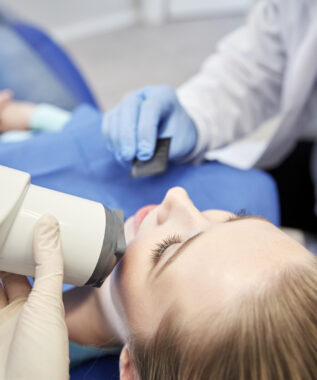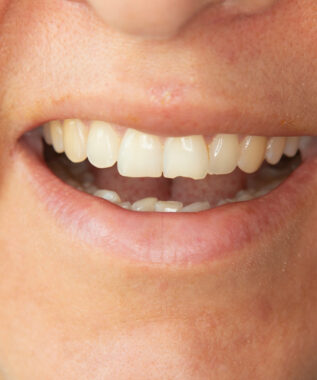 Bruxism, which describes a subconscious habit of grinding your teeth together, can be problematic for several different reasons. Yet, the problems become even more serious the longer it takes to address the condition, and the specific treatments necessary to recover from it can become more extensive. Today, we examine how to successfully address a bruxism problem early, and why it’s important to ensure that the problem doesn’t continue to impact your tooth structure and oral health.
Bruxism, which describes a subconscious habit of grinding your teeth together, can be problematic for several different reasons. Yet, the problems become even more serious the longer it takes to address the condition, and the specific treatments necessary to recover from it can become more extensive. Today, we examine how to successfully address a bruxism problem early, and why it’s important to ensure that the problem doesn’t continue to impact your tooth structure and oral health.
Determining that it is a problem
The first step to treating any dental health condition is to identify and precisely diagnose it. With bruxism, however, this can sometimes be more challenging than with other conditions. This is partly due to the fact that many people grind their teeth occasionally, and it isn’t usually significant enough to be considered problematic. Fortunately, you can have a good chance of identifying bruxism early if you stick to a routine schedule of checkups and cleanings. During each visit, your dentist can thoroughly examine your teeth and oral structures for signs that teeth-grinding has become a problem, including excessive wear or damage to your teeth.
Finding the right treatment to stop
Once you’ve identified a bruxism problem, it’s important to stop the condition as soon as possible to prevent further complications with your oral health. When bruxism is caught and treated early, it can often be successfully addressed with the help of a custom-designed oral appliance. A bruxism appliance can protect your teeth from grinding against each other while you sleep at night, which is when many patients with bruxism grind their teeth most forcefully. With the help of a custom-made appliance, you can prevent many of the consequences that could result from an unchecked bruxism habit and the potential need for more extensive restorative treatment.
Restoring any teeth that have been damaged
If you don’t notice your bruxism condition right away, it’s more likely that you might experience some level of wear or damage to your tooth structure. If this occurs, then addressing your teeth-grinding condition could be just one part of your overall bruxism treatment. Restoring your smile may also require repairing teeth that have been worn down or damaged by the grinding, as well as treatment to protect your teeth from further harm.
Learn how to deal with your bruxism problem
If you experience a bruxism problem, then dealing with it as soon as possible is important to preserving your healthy, natural smile. To learn more, schedule an appointment with us by calling Dreem Dentistry in Leawood, KS, today at 913-681-5500. We also serve patients who live in Overland Park and all surrounding communities.






